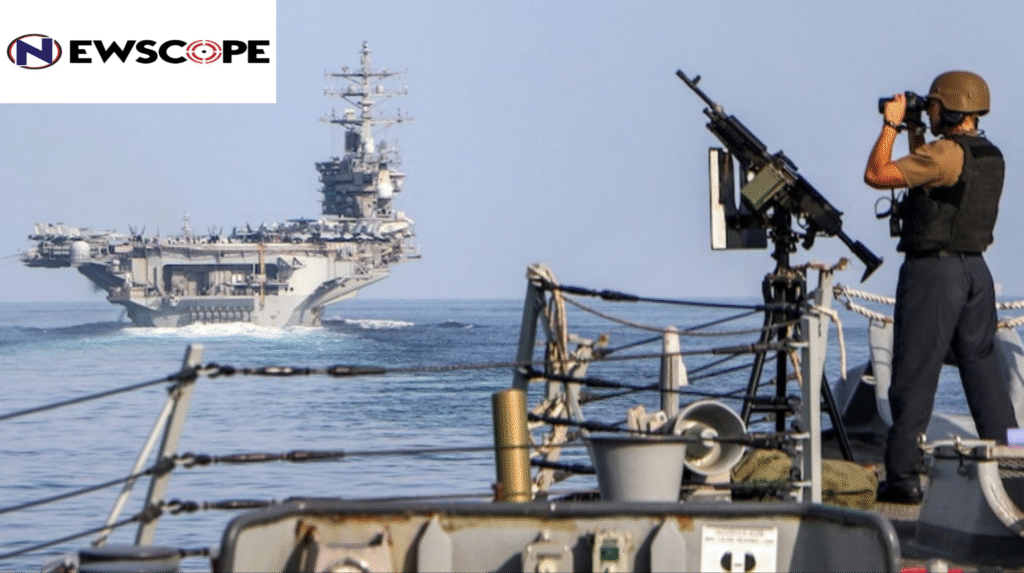The escalation in the Israel-Iran conflict and Tehran’s threat to close the Strait of Hormuz are likely to push Indian refiners to further ramp up oil purchases from non-West Asian suppliers — mainly Russia, West Africa, the US and Latin America — as shipping routes to Indian ports from these suppliers are detached from the critical choke point in the Persian Gulf, according to industry sources and experts.
In fact, India’s oil sourcing strategy is already reflecting a risk-hedged posture pertaining to West Asian oil flows with Russian oil dominating India’s oil import mix.
Following US air strikes at Iranian nuclear facilities over the weekend, Iran’s parliament Sunday approved a motion calling for the closure of the Strait of Hormuz, a critical oil transit choke point in global energy flows. It is now up to Iran’s Supreme National Security Council to decide on whether or not to go ahead to try and choke the Strait of Hormuz. Iran has in the past threatened to close the strait on multiple occasions, but has never actually done it. Even in the current scenario, industry experts also expect the possibility of an actual closure to be really low. Notwithstanding that, a heightened risk of the closure is bound to raise concerns globally, including in India, particularly with regard to oil and gas supply security, and could lead to a jump in energy prices.
The Strait of Hormuz is a critical and narrow waterway between Iran and Oman, and connects the Persian Gulf with the Gulf of Oman and the Arabian Sea. The US Energy Information Administration (EIA) calls it the “world’s most important oil transit chokepoint”, with around one-fifth of global liquid petroleum fuel consumption and global liquefied natural gas (LNG) trade transiting the strait.
India’s oil import strategy has evolved significantly over the past two-three years, with Russia displacing the West Asian majors as India’s largest source of crude. And Russian oil is logistically detached from the Strait of Hormuz as it reaches India mostly via the Suez Canal and Red Sea route, and in some cases via the Cape of Good Hope and the Pacific Ocean routes.
While there is a possibility of Iran-backed Houthi militia intensifying attacks on merchant vessels transiting the Red Sea, experts believe that they are expected to allow a safe passage to tankers hauling Russian crude, as they have been doing over the past year-and-a-half.
Apart from supply disruption for India, the surge in international energy prices due to any such blockade would hit India due to its heavy reliance on imported oil. This makes India’s economy vulnerable to global oil price fluctuations. It also has a bearing on the country’s trade deficit, foreign exchange reserves, the rupee’s exchange rate, and inflation rate, among others.
